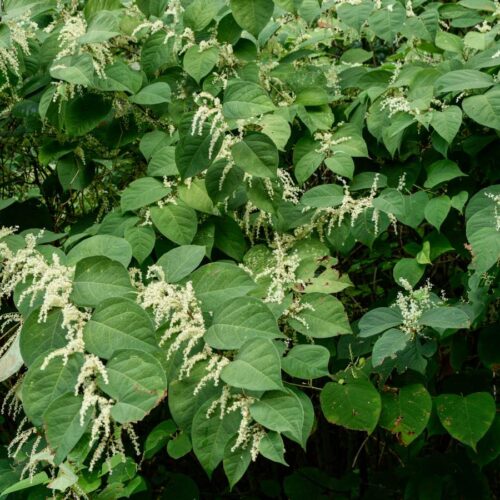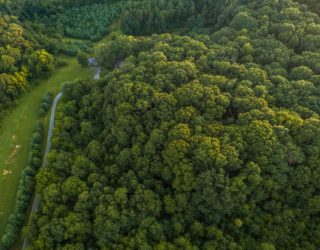Thomson Ecology and Thomson Habitats are working together on a large-scale residential building project in Kent.
The work began with surveys to determine the presence or likely absence of reptiles. The surveys found that there was a population of common lizards, so a reptile translocation programme is underway to move the reptiles to a receptor site nearby, and allow the client’s development works to start.
Scrub and tree clearance, and other ground works, were done under ecological watching briefs to monitor the works and ensure that no wildlife was harmed during the process, focussing on birds’ nests and reptiles. The terrain of the site made this work challenging and the need to remove chippings from site has required the use of some specialist whole-tree chipping equipment.
Much of the timber from the tree clearance was recycled to create log piles and hibernacula on the receptor site. Grass piles have been created to provide places for snakes to lay their eggs.
Due to the presence of potential badger setts on the site, camera traps have been set up to monitor sett entrances, and either confirm the presence of badgers on site or help to provide evidence that the setts are disused.
The team is currently installing over 2 km of reptile fencing to enable the trapping and translocation programme, and once the site has been entirely cleared of reptiles, the ground can be scraped, and then the client’s construction works can begin without causing an offence to be committed.











